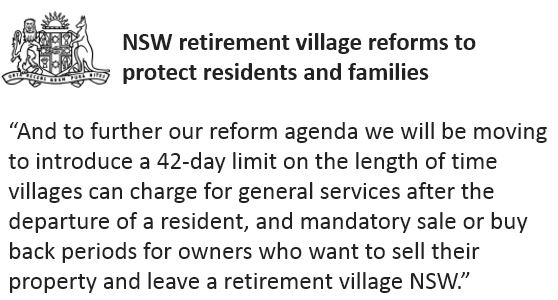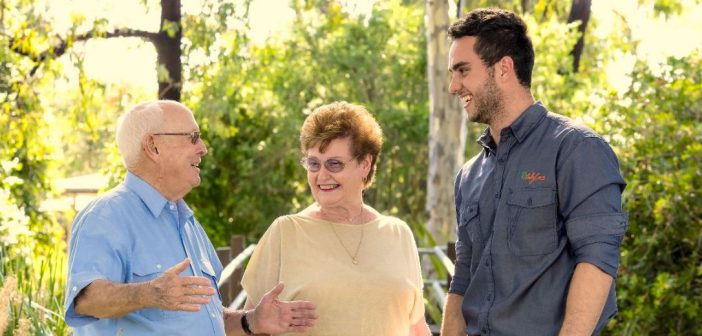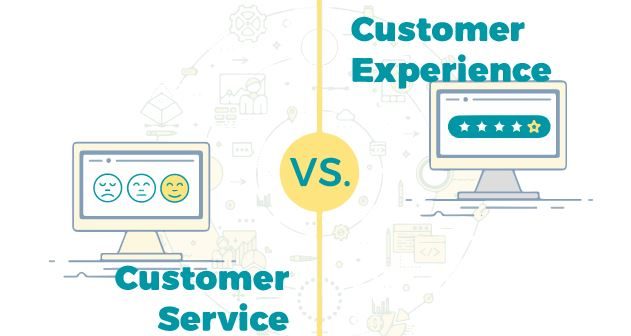Have you heard that compulsory ‘buybacks’ are coming your way and do you understand them?
In simple terms, regulators across the country are moving towards forcing operators to ‘buy back’ village units that haven’t sold after a reasonable time – irrespective of what is in the contract.
In QLD, VIC and SA, it is now regulated that units be paid out at 18 months if not sold.
The NSW Government is looking hard at introducing buybacks at six months for metro villages and 12 months for regional villages.
The buyback argument seems to pass the ‘pub test’ as being reasonable at first sight, but the impact is turning out very different.
Last week the first buybacks came into effect in QLD (meaning the regulation has been in place for 18 months and now operators are being forced to buy unsold village homes).
On the first day, over $30 million had to be raised by operators to pay out village homes and hundreds more are expected.
In SA, this will start next month.
These states are also taking up the ‘Aged Care Rule’, which you most probably know. It says when a resident moves to an aged care home, the operator will pay the Daily Accommodation payment (DAP) until the home is sold. As a benchmark, this is likely to be around about $50 a day.
There are three things to consider. Will your operator have to use cash they would have used to reinvest in your village to keep it fresh? Most likely ‘yes’.
If a resident lived outside the village, would someone come to their rescue if they had not sold their home after 18 months? ‘No’.
Discussion amongst operators is this will be a major issue soon and the only way out is to sell village homes faster, so they don’t reach 18 months. They will be talking to you to help this sales effort because at the end of the day, village managers create happy residents who generate word of mouth sales.




